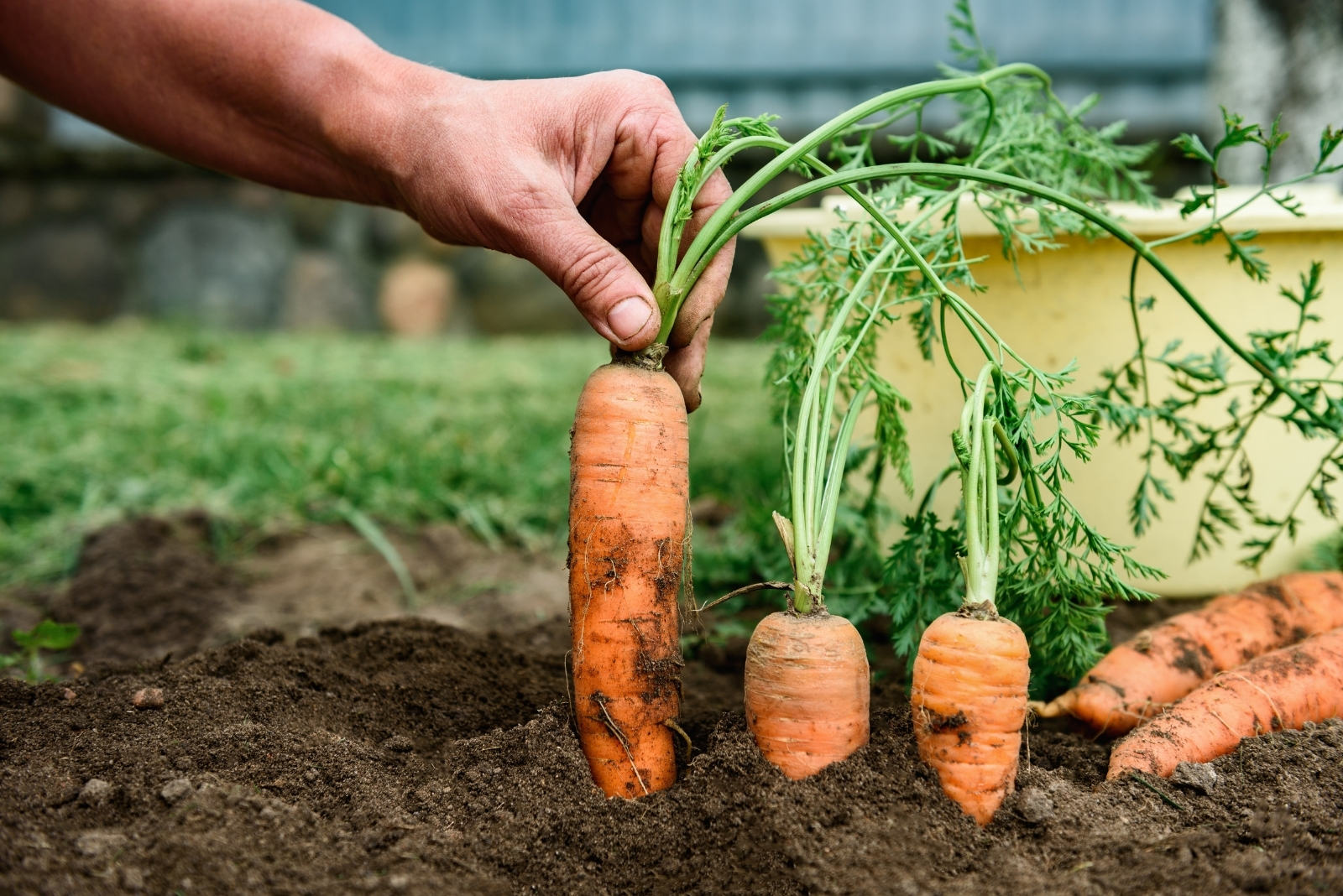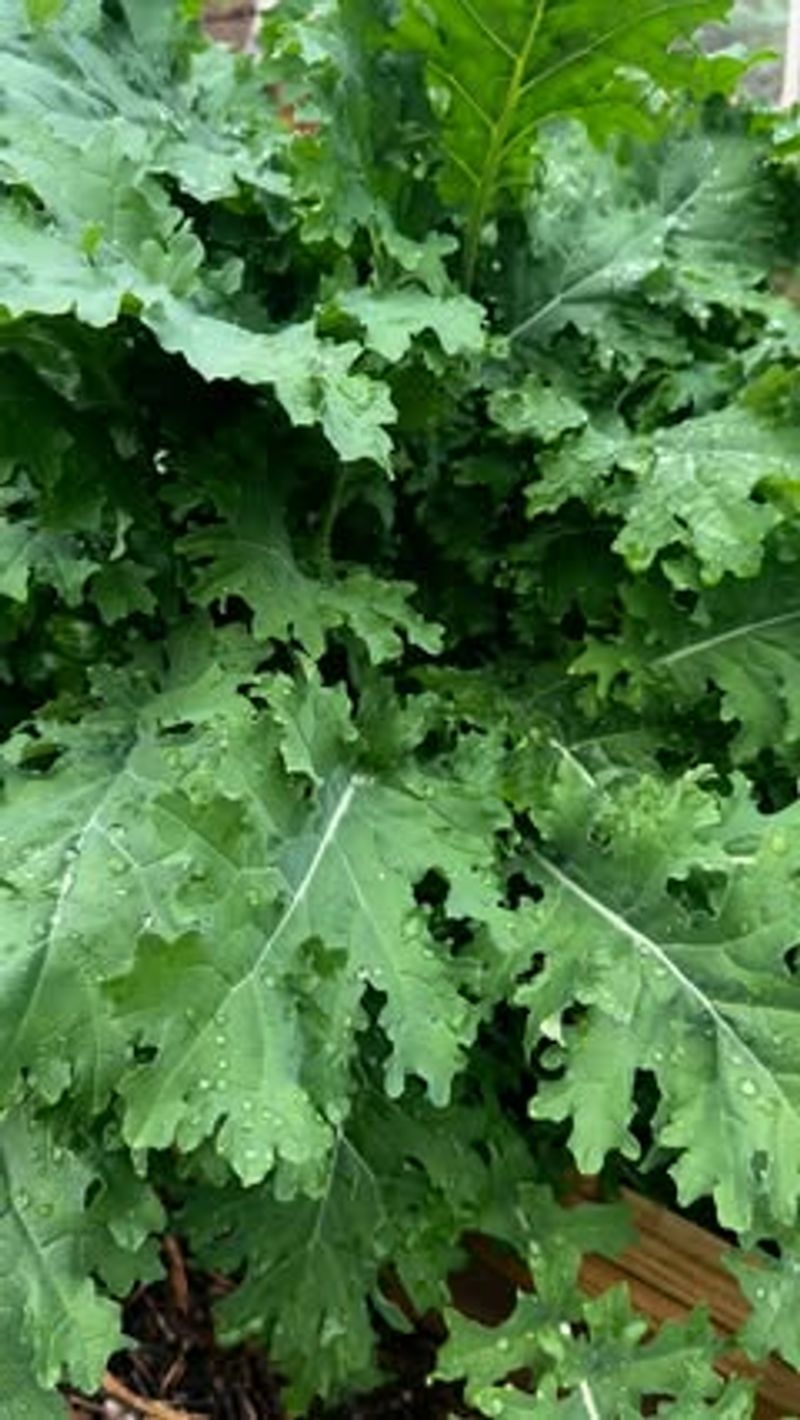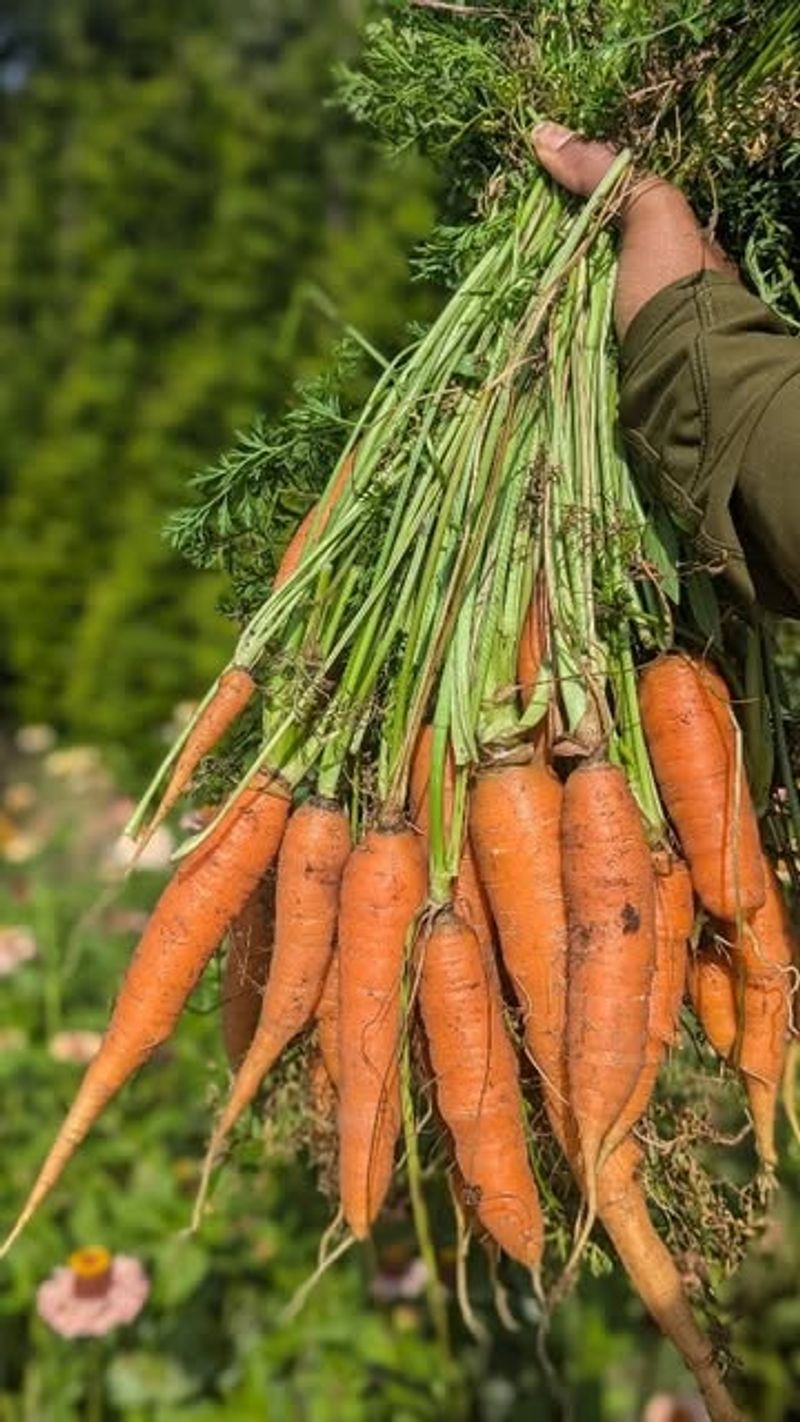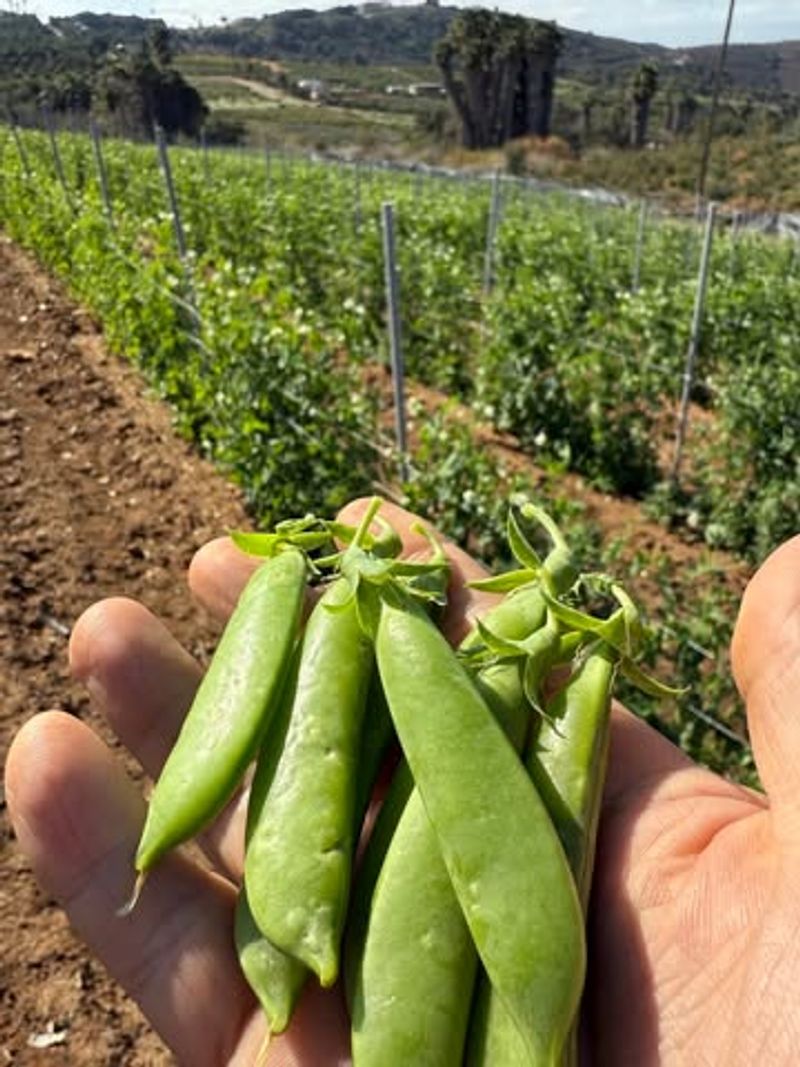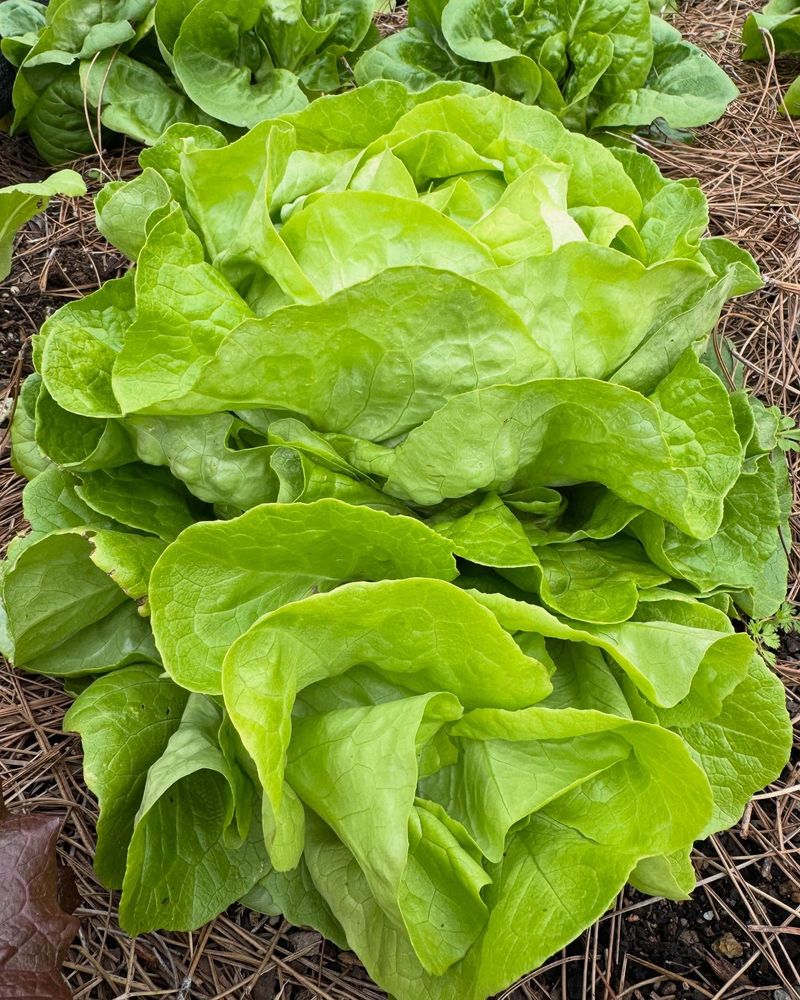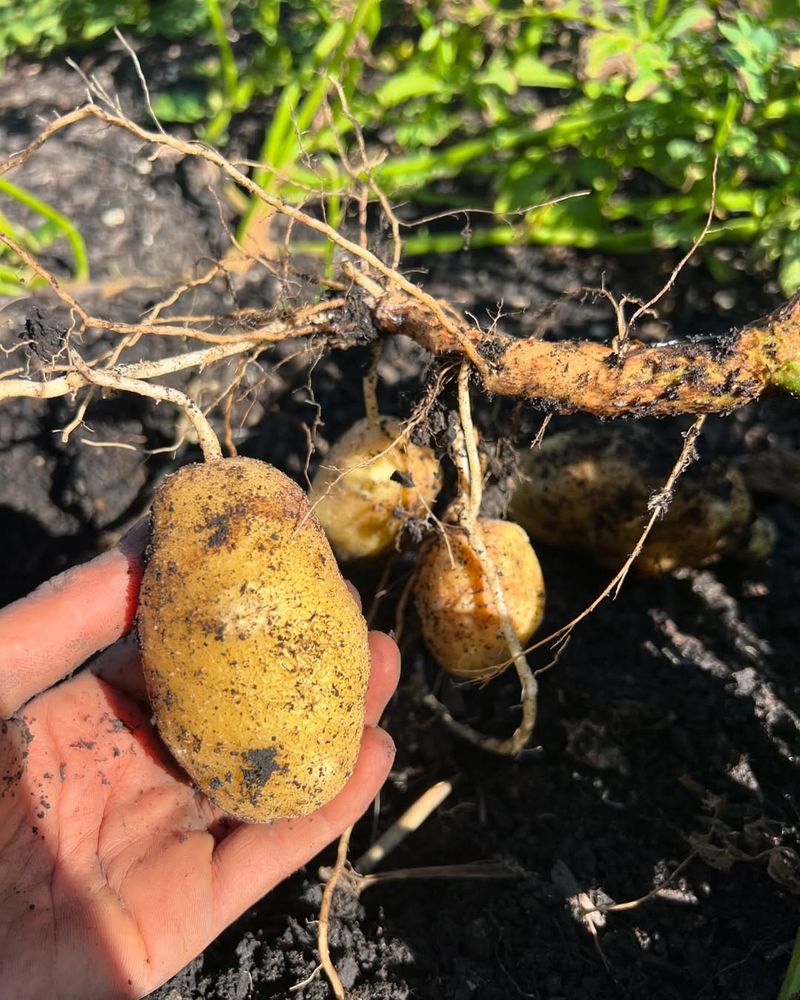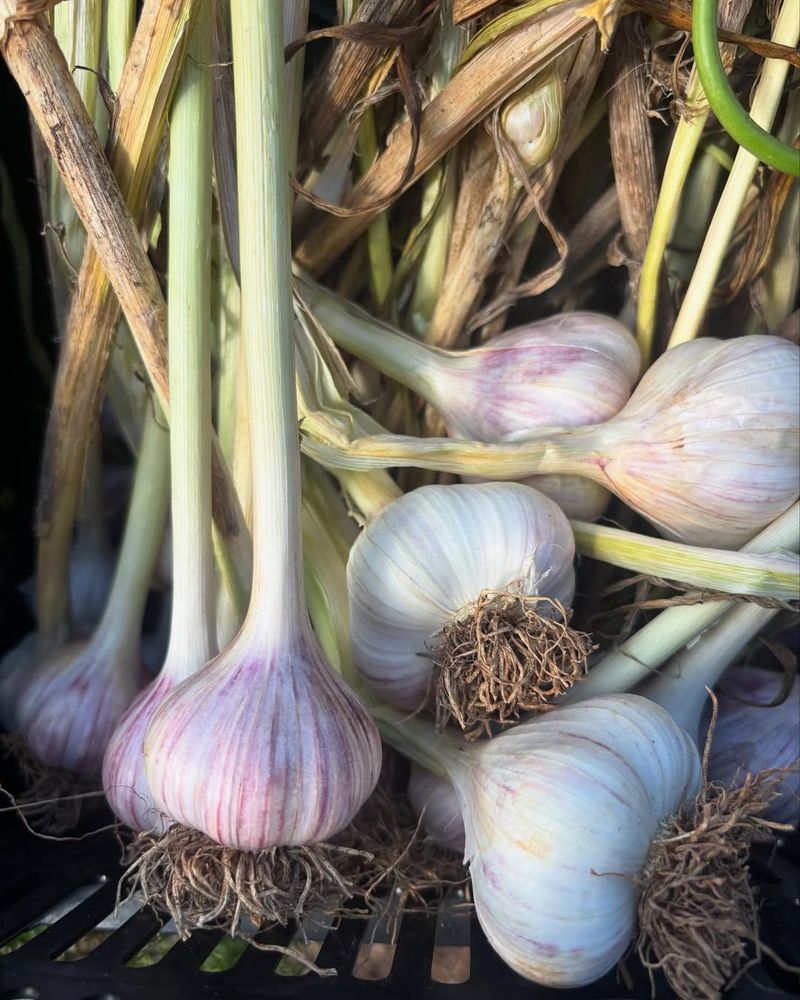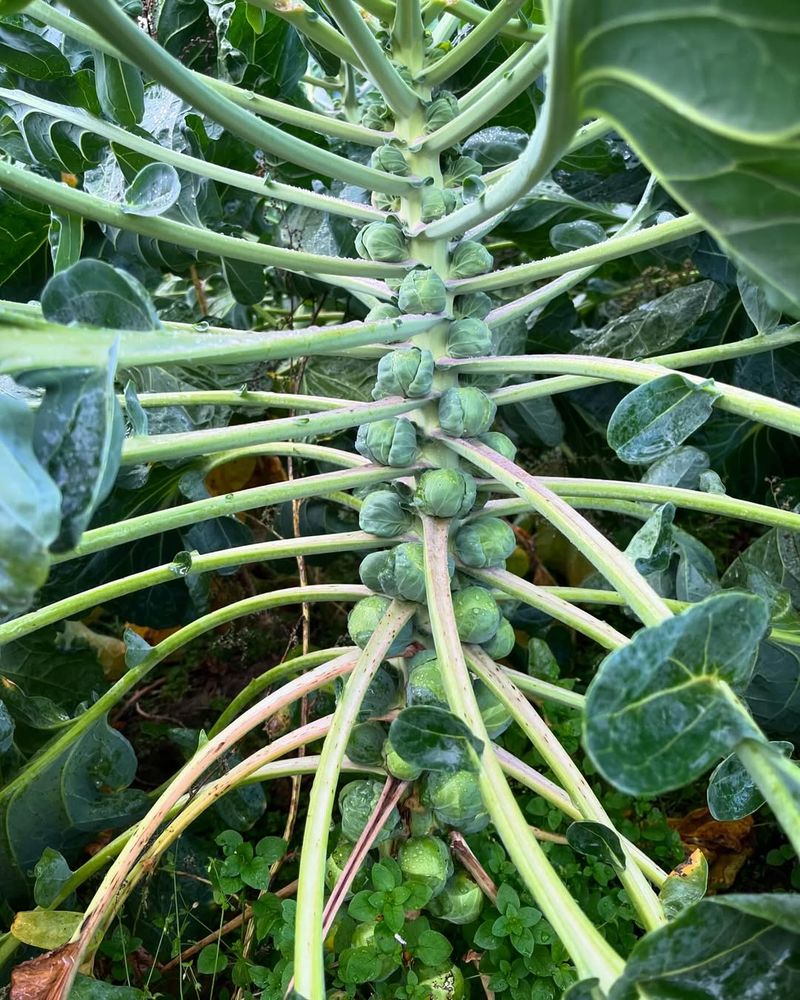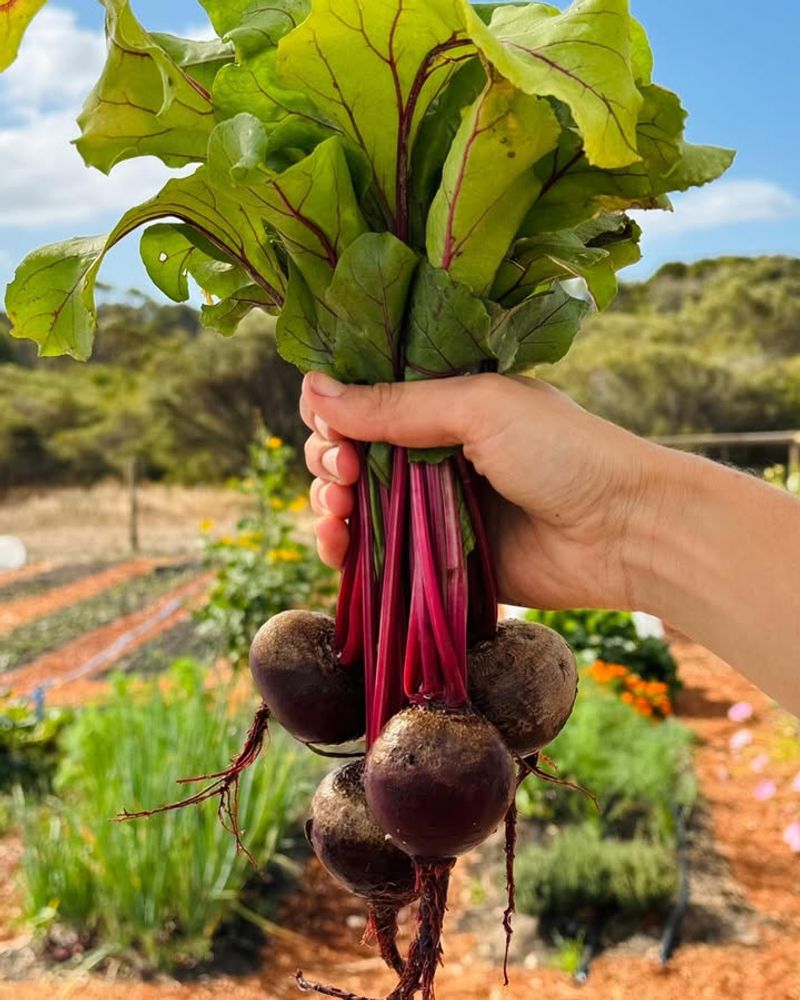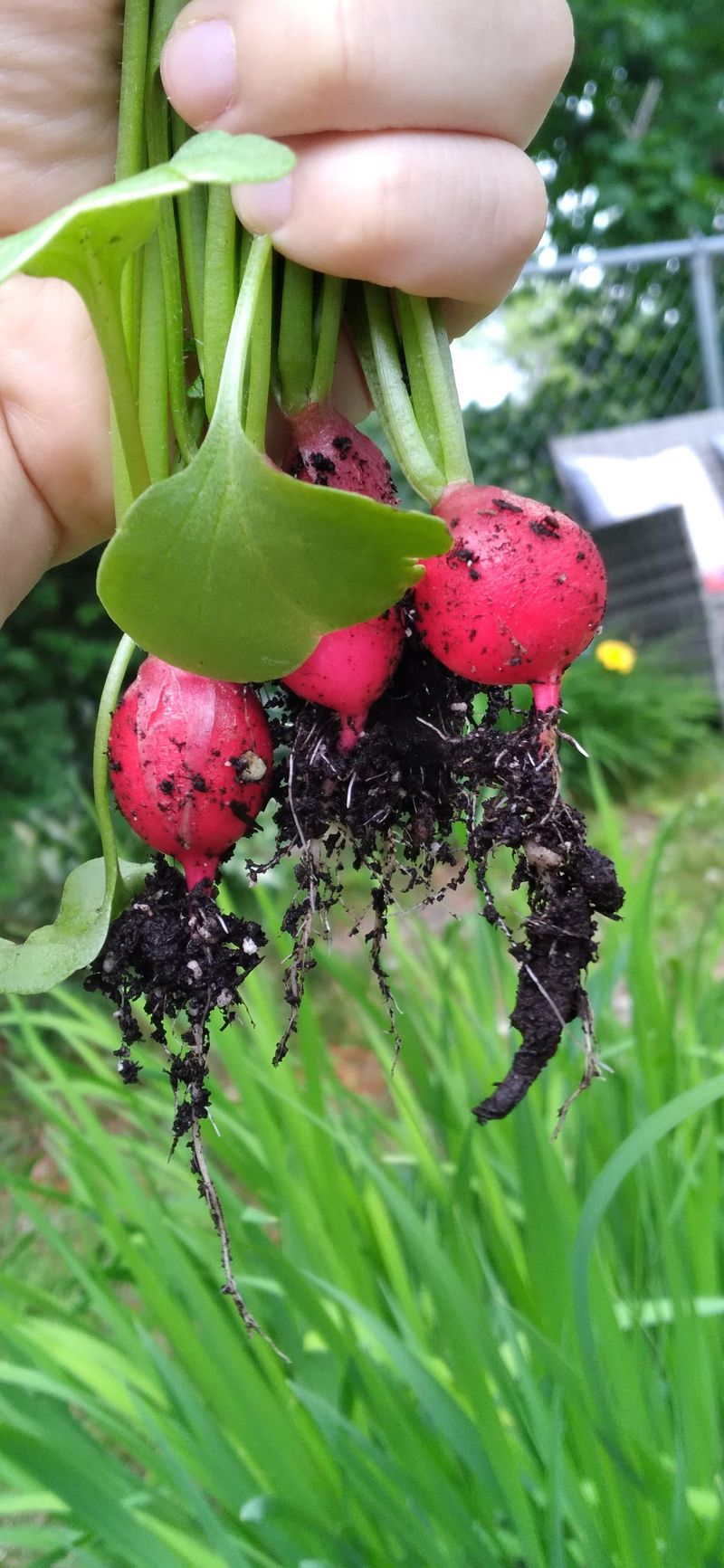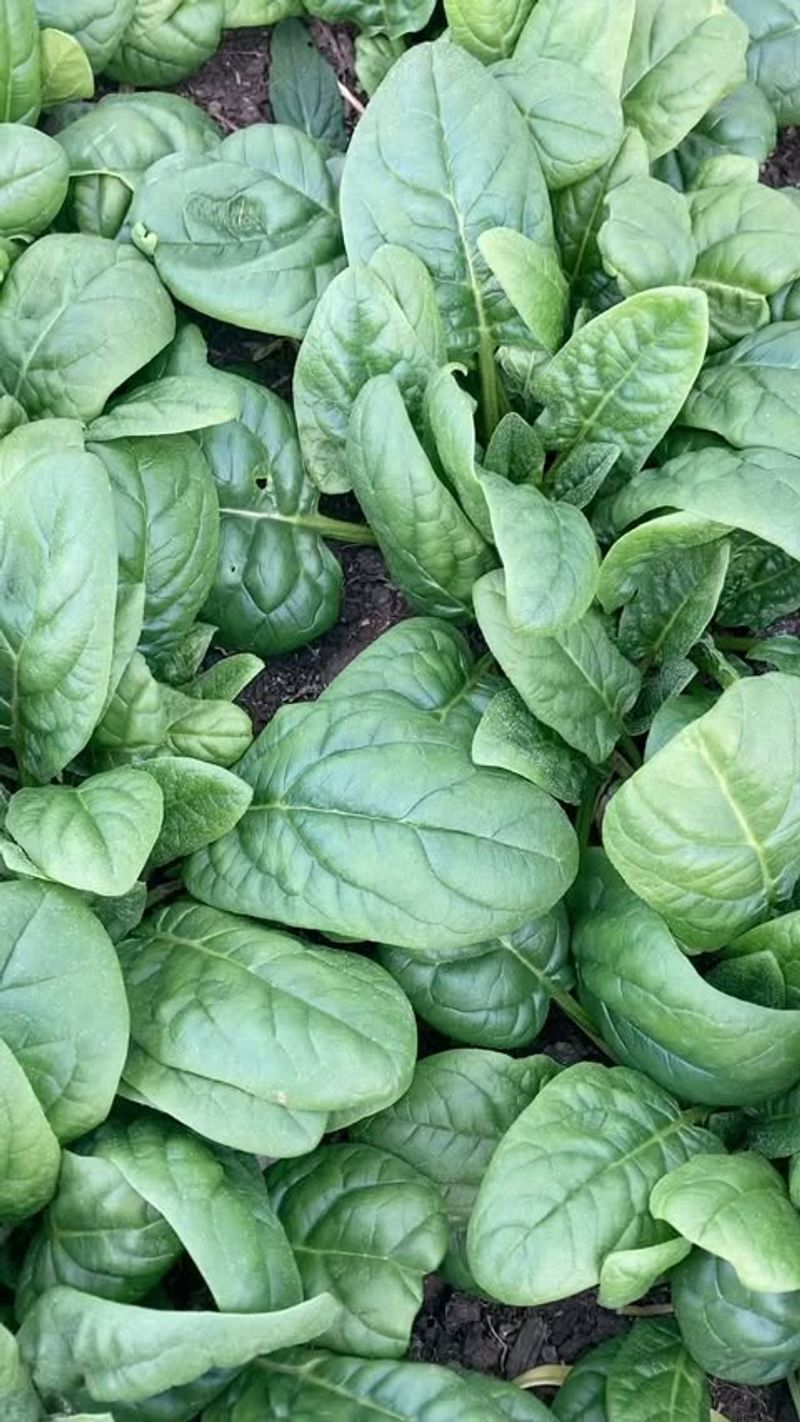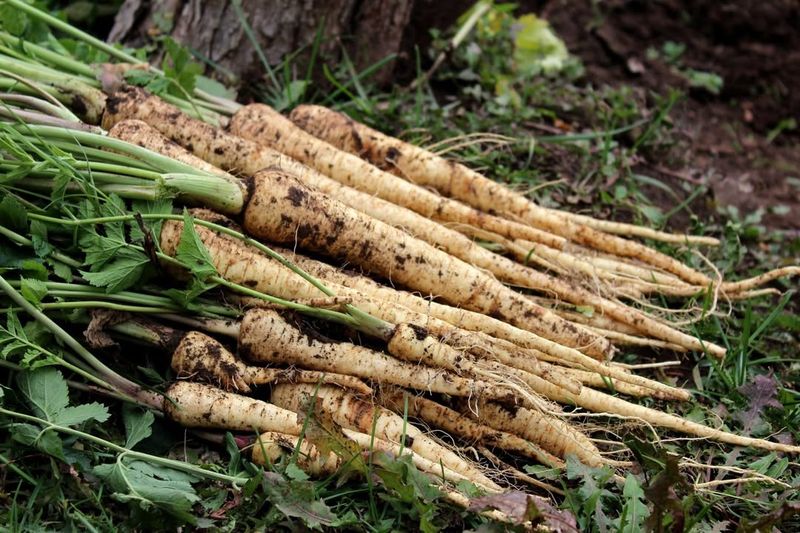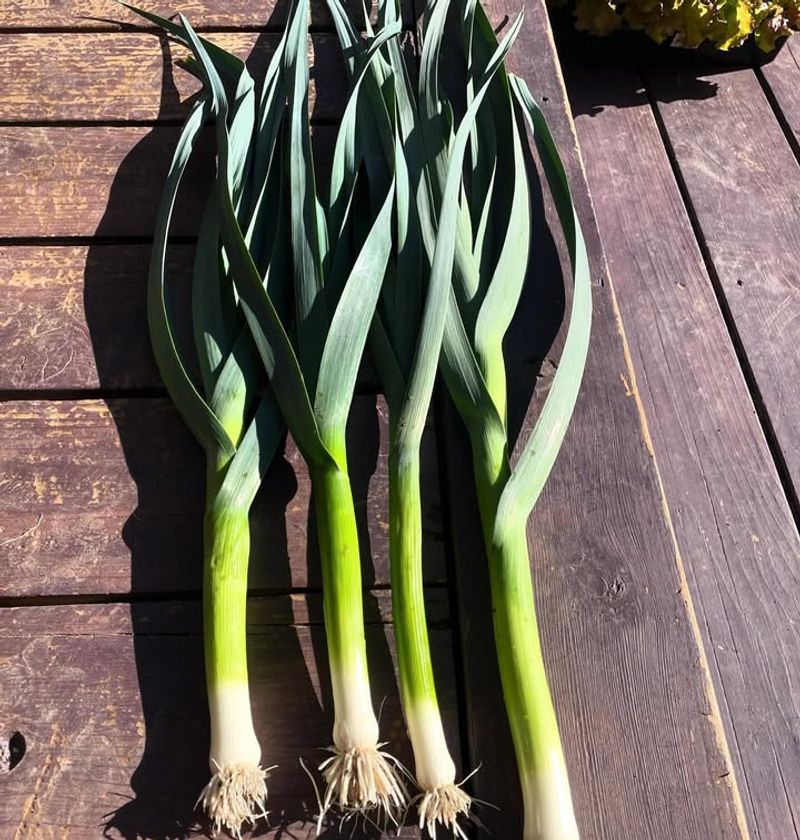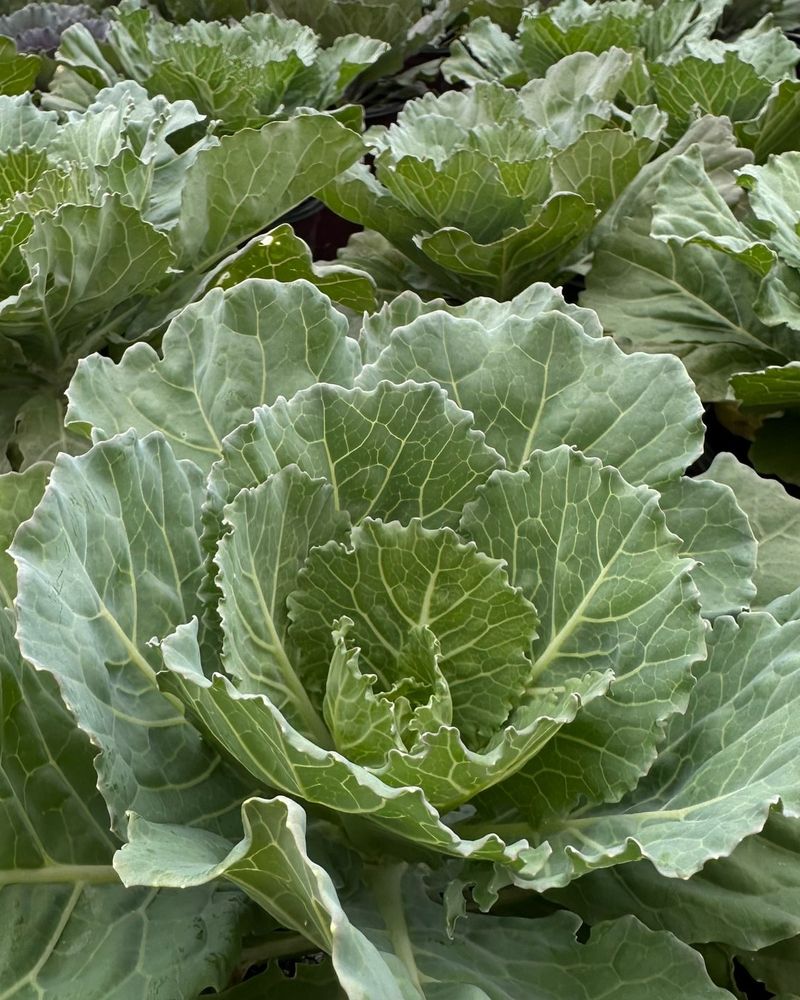Massachusetts gardens have a charm all their own, but the climate can be tricky for some crops. These 13 vegetables stand out for thriving in New England’s seasons and changing weather.
They bring both taste and resilience to the table. Try them this year and enjoy a garden that delivers again and again.
1. Kale
Cold snaps actually improve kale’s flavor, making it perfect for Massachusetts gardens. This leafy powerhouse continues producing well into fall when other veggies have given up.
Many Bay State gardeners plant a fall crop in late summer for harvest after frost sweetens the leaves. Its impressive cold tolerance means you’ll be enjoying fresh greens long after summer ends.
2. Carrots
Sweet and crisp, carrots love Massachusetts’ cool growing season. The sandy loam soils found in many parts of the state allow these root vegetables to develop straight and smooth.
Fall harvests are especially sweet as the cooler temperatures convert starches to sugars. Many gardeners across the Bay State plant successive crops for continuous harvests from early summer through late fall.
3. Sugar Snap Peas
Early spring planting works wonders for sugar snap peas in Massachusetts gardens. These crunchy treats thrive in cool weather and can handle light frosts that occur in New England spring.
Their quick maturity means you’ll be harvesting before summer heat arrives. Bay State gardeners often plant them again in late summer for a second harvest when temperatures cool down in fall.
4. Lettuce
Cool-season lettuce varieties flourish in Massachusetts’ spring and fall conditions. Their shallow roots appreciate the state’s typically moist spring soil, producing tender leaves before summer heat arrives.
Many Bay State gardeners use shade cloth to extend the growing season into warmer months. Fall plantings often yield the sweetest, crispest harvests as cooler temperatures prevent the bitterness that heat can cause.
5. Potatoes
Hardy potatoes adapt beautifully to Massachusetts’ growing conditions. The cool spring gives them a strong start before summer’s warmth helps develop the tubers underground.
Many Bay State gardeners have success with both early and main-season varieties. Fall harvests coincide perfectly with New England’s famous harvest festivals, making homegrown potatoes a staple for traditional regional dishes.
6. Garlic
Fall-planted garlic benefits from Massachusetts’ cold winters, which help develop complex flavors. The bulbs quietly develop underground during winter dormancy and spring thaw.
By early summer, Bay State gardeners harvest scapes – the curly flower stalks – for delicious pestos. The timing works perfectly with New England’s growing season, with full bulbs ready for harvest just as summer hits its stride.
7. Brussels Sprouts
Frost-kissed Brussels sprouts develop exceptional sweetness in Massachusetts gardens. These miniature cabbages actually prefer the cooler temperatures that arrive in early fall throughout New England.
Their long growing season means Bay State gardeners start them in late spring for fall harvest. The timing coincides perfectly with Massachusetts’ first frosts, which convert the sprouts’ starches to sugars for improved flavor.
8. Beets
Quick-maturing beets thrive in Massachusetts’ cool, moist conditions. Their ability to handle light frosts makes them perfect for spring and fall planting in New England gardens.
Many Bay State gardeners appreciate their dual-purpose nature – delicious roots and nutritious greens from one plant. Successive plantings every few weeks provide continuous harvests throughout the state’s moderate growing season.
9. Radishes
Lightning-fast radishes mature in just 3-4 weeks in Massachusetts gardens. Their speedy growth makes them perfect for filling gaps between slower-growing vegetables in New England’s shorter growing season.
Bay State gardeners often plant them alongside carrots as companion plants. Spring and fall plantings yield the crispest, mildest roots, while summer heat can make them spicier and sometimes woody.
10. Spinach
Cold-loving spinach produces abundantly in Massachusetts’ spring and fall conditions. The state’s typically wet springs provide ideal moisture for developing tender, nutrient-rich leaves.
Many Bay State gardeners cover spinach with row fabric to extend harvests into winter. This cool-season crop bolts quickly in summer heat, making it perfect for the bookends of New England’s growing season.
11. Parsnips
Sweet, nutty parsnips actually need Massachusetts’ cold temperatures to develop their best flavor. These root vegetables convert starches to sugars after exposure to frost, making them a New England winter favorite.
Bay State gardeners often leave some in the ground over winter for early spring harvest. Their long growing season and cold hardiness align perfectly with Massachusetts’ climate patterns, rewarding patient gardeners with incredible flavor.
12. Leeks
Frost-tolerant leeks continue growing well into Massachusetts’ fall season. Their long growing period rewards Bay State gardeners with sweet, mild onion flavor that improves after light freezes.
Many New England cooks appreciate leeks’ versatility in soups and roasts during the region’s cold winters. Their upright growth habit makes efficient use of garden space, a bonus for Massachusetts’ smaller urban gardens.
13. Cabbage
Dense-headed cabbage loves Massachusetts’ cool growing conditions. The state’s moderate summer temperatures prevent the splitting that often occurs in hotter regions.
Bay State gardeners plant early varieties for summer harvest and late varieties for fall. Fall cabbages develop especially sweet flavor after light frosts, making them perfect for traditional New England slaws and preserving as sauerkraut.

